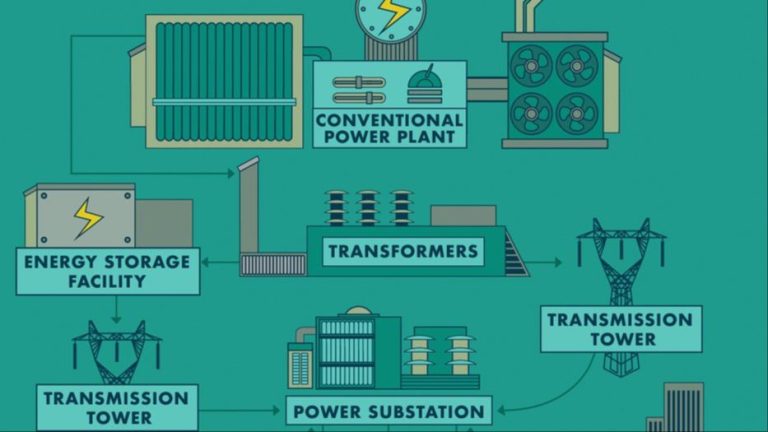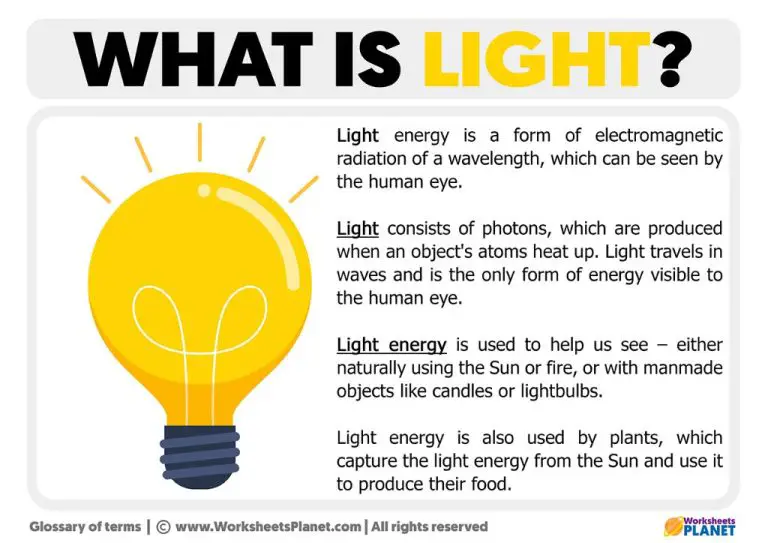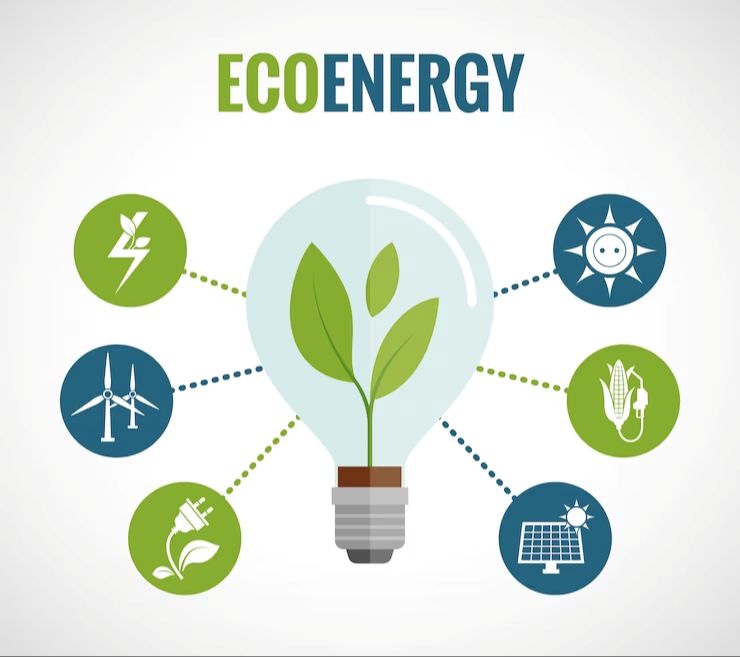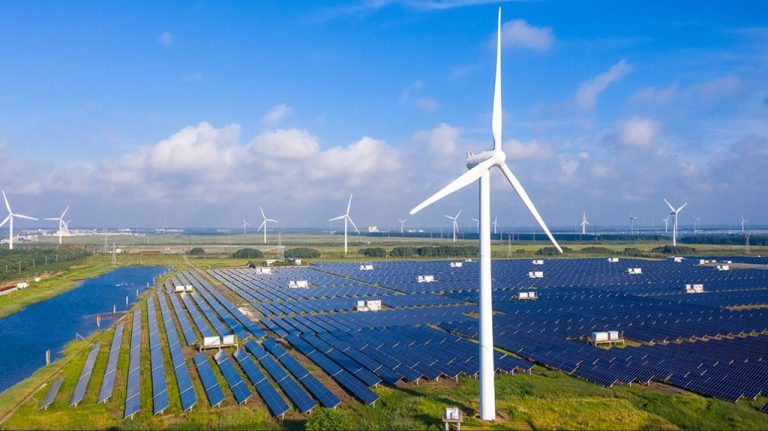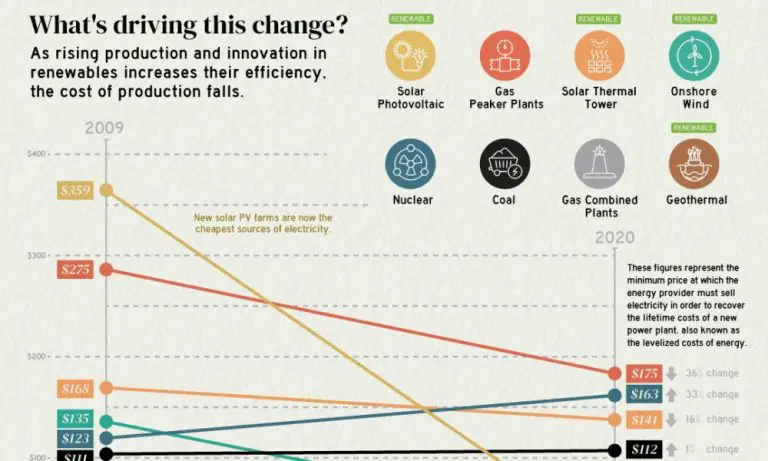How Economical Is Renewable Energy?
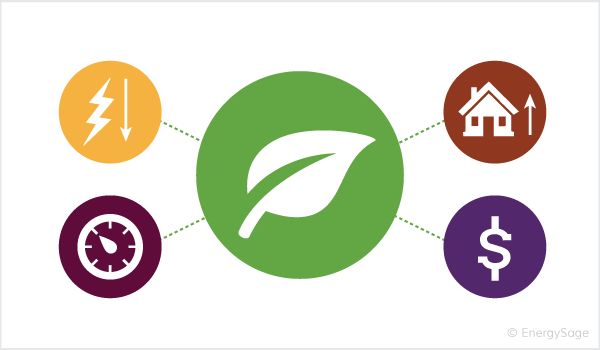
Renewable energy comes from natural sources that are constantly replenished, such as sunlight, wind, water, biomass, and geothermal heat. The five most common renewable energy technologies used today are solar, wind, hydroelectric, bioenergy, and geothermal. Understanding the economics of renewable energy is crucial as we transition towards a more sustainable energy system. Renewable energy has many potential benefits, including energy security, reduced pollution, and long-term cost savings. However, renewable energy technologies also require large upfront investments. Analyzing the full costs and benefits of renewable energy over the entire lifespan of projects allows us to make informed decisions and determine the most economical ways to harness renewable resources.
Upfront Costs
The upfront costs of renewable energy systems are higher compared to fossil fuel-based energy systems. This is primarily due to the equipment and installation costs needed to get renewable energy projects up and running. According to Cost Of Renewable Vs Non-Renewable Energy, the high capital costs account for most of the price of renewable energy. Building infrastructure like wind farms, solar farms, hydroelectric dams etc. requires significant initial investment.
For businesses looking to switch to renewables, these upfront costs can be a deterrent. As noted in 10 Ways Renewable Energy Can Save Businesses Money, many companies avoid renewables due to the high initial outlay. The costs include purchasing and installing solar panels/wind turbines, as well as infrastructure like inverters and electrical equipment. According to How to Reduce Upfront Costs of Renewable Energy Installation, these upfront costs are one of the biggest roadblocks to faster renewable energy growth.
Operating Costs
Renewable energy sources such as wind and solar have very low operating costs compared to fossil fuels. Once the infrastructure is built, the “fuel” source of wind and sunlight is free. There are some maintenance costs, but these are minimal compared to the continual fuel costs of fossil fuel plants.
According to the International Renewable Energy Agency (IRENA), operating costs for utility-scale solar PV plants fell from around $40/MWh in 2010 to around $10/MWh in 2019 (source). For onshore wind, operating costs decreased from around $30/MWh in 2010 to around $10/MWh in 2019. In comparison, operating costs for coal plants are around $30/MWh and gas around $15/MWh.
This means renewables like solar and wind often have lower operating costs than even just the fuel costs for fossil fuel plants. The more free renewable generation from the sun and wind, the less money is spent on fuels.
Cost Trends
The costs of renewable energy technologies like solar PV and wind power have declined significantly over the past decade. According to IRENA’s report Renewable Power Generation Costs in 2021, the global weighted average levelized cost of electricity (LCOE) for new onshore wind projects fell by 15% in 2021 compared to 2020, reaching USD 0.037/kWh. For solar PV, costs fell by 13% in 2021 to USD 0.054/kWh.
IRENA notes that decreasing technology costs were the main driver of these declines, with economies of scale, more competitive supply chains, and improved performance contributing as well. Increases in capacity factors for wind and solar PV also pushed down the LCOE. Policy support and competition between developers amplified cost reductions further.
According to analysis from the IEA, costs are expected to continue falling, with solar PV and onshore wind LCOEs projected to be 10-15% lower in 2024 compared to 2020. As technology improves and deployment expands, renewable energy is becoming increasingly cost-competitive with fossil fuel alternatives.
Grid Parity
Grid parity refers to the point at which the cost of producing renewable electricity becomes equal to or cheaper than electricity from conventional sources like coal and natural gas. This is an important milestone, as it allows renewable energy to compete directly with fossil fuels on price.
According to the Renewable Energy Advisors, grid parity occurs when “the cost of alternative energy drops below the price of power from the electricity grid.”
Many forms of renewable energy have already reached grid parity in certain areas. For example, a LinkedIn article notes that solar PV and onshore wind have achieved grid parity in over 30 countries. This includes countries with high energy prices like Germany, as well as sunnier regions like Dubai where solar is extremely cost-effective.
Reaching grid parity is a major step towards renewable energy being able to displace fossil fuels, as cost competitiveness removes a major adoption barrier. As technology improves and prices continue to fall, more regions will cross this threshold.
Subsidies
Global subsidies for fossil fuels have historically been much higher than subsidies for renewable energy. According to the International Energy Agency (IEA), fossil fuel consumption subsidies worldwide amounted to $300 billion in 2019, down from $340 billion in 2017 but still six times higher than subsidies to renewable energy (IEA, 2019). However, some analysts argue the IEA estimate is conservative and the true figure is likely much higher when factoring in subsidies like royalty relief, tax breaks, and undercharging for government resources.
In the United States, federal energy subsidies remain heavily weighted in favor of fossil fuels despite the growth of renewable energy. An analysis by the Institute for Energy Research found that federal subsidies and incentives for fossil fuels totaled $3.1 billion in FY 2022, while renewables received over $15 billion. Tax preferences also favor fossil fuels, with permanent tax breaks for oil, gas, and coal producers totaling $10.5 billion compared to $1.1 billion for renewables in FY 2022 (Institute for Energy Research, 2022). However, growth in renewable energy is slowly starting to shift the balance.
Health & Environmental Costs
When considering the economics of energy sources like fossil fuels and nuclear power, it’s important to account for externalized costs that are not reflected in market prices. As noted in The Myth That Coal Is Cheap, burning coal for electricity imposes major health and environmental costs that are not paid by the utilities or consumers. These external costs include 13,200 premature deaths every year in the U.S. from fine particle pollution from U.S. power plants burning coal. There are also water pollution impacts and ecosystem damages from practices like mountain top removal mining. One Harvard study estimated the life cycle costs of coal at around 18 cents per kilowatt-hour, more than triple the market price, when factoring in these impacts.
Similarly, an economic assessment of nuclear power requires looking beyond market prices to account for risks like accidents, nuclear waste storage, and weapons proliferation, as well as mining impacts. One analysis by economist Mark Cooper found that when including these kinds of externalized costs, nuclear power is not economically competitive with renewable energy sources.
Prices vs Costs
It’s important to differentiate the prices customers pay for electricity from the actual costs to generate that electricity. The price per kilowatt-hour (kWh) that residential, commercial, and industrial customers pay their utility is based on many factors, including the electricity rate structure, regulations, and subsidies that vary by region.
The costs to generate electricity can differ substantially by energy source. According to the U.S. Energy Information Administration, the estimated levelized cost of electricity in 2018 was lowest for natural gas and onshore wind, followed by hydroelectric and coal. Solar PV and battery storage were the most expensive. However, costs have declined dramatically for renewables while fossil fuel costs have remained steady or increased.
A 2021 Lazard report found that certain renewable energy technologies, including onshore wind and utility-scale solar, are now cost-competitive with conventional generation technologies on a levelized cost basis without subsidies. As the costs of renewables fall while fossil fuel costs rise, this shift is expected to continue. [1]
Future Outlook
As renewable energy technology continues to advance, costs are projected to decrease significantly in the coming years. According to a 2023 study, the levelized cost of electricity from solar PV and onshore wind is expected to decline by 27-55% by 2030 compared to 2020 costs (https://www.mdpi.com/1996-1073/16/23/7904). Key factors driving down costs include technology improvements, economies of scale, and increased competition among manufacturers. Major renewable energy agencies project that by 2030, solar and wind will be cheaper than the operating costs of existing coal plants in most regions (https://www.researchgate.net/publication/376211647_Evidence-Based_Policymaking_Insights_and_Recommendations_for_the_Implementation_of_Clean_Energy_Transition_Pathways_for_Kenya%27s_Power_Sector). As renewable costs fall, adoption is expected to accelerate globally, leading to a virtuous cycle of greater scale and lower prices. The outlook for renewable energy economics continues to improve as technology advances.
Conclusions
In reviewing the economics of renewable energy, it’s clear that costs have declined substantially in recent years for solar, wind, and other renewable sources. Though upfront costs remain higher than fossil fuels, operating costs are extremely low and continue to fall. Renewables have already reached grid parity in many areas when subsidies are accounted for. With continued technological improvements and economies of scale, unsubsidized grid parity is likely within the next decade for a majority of regions. The health and environmental benefits also demonstrate the true cost advantages of renewables over fossil fuels. While more investment is still needed in grid integration and storage, the economics point to renewables becoming the dominant energy source globally in the coming decades.

